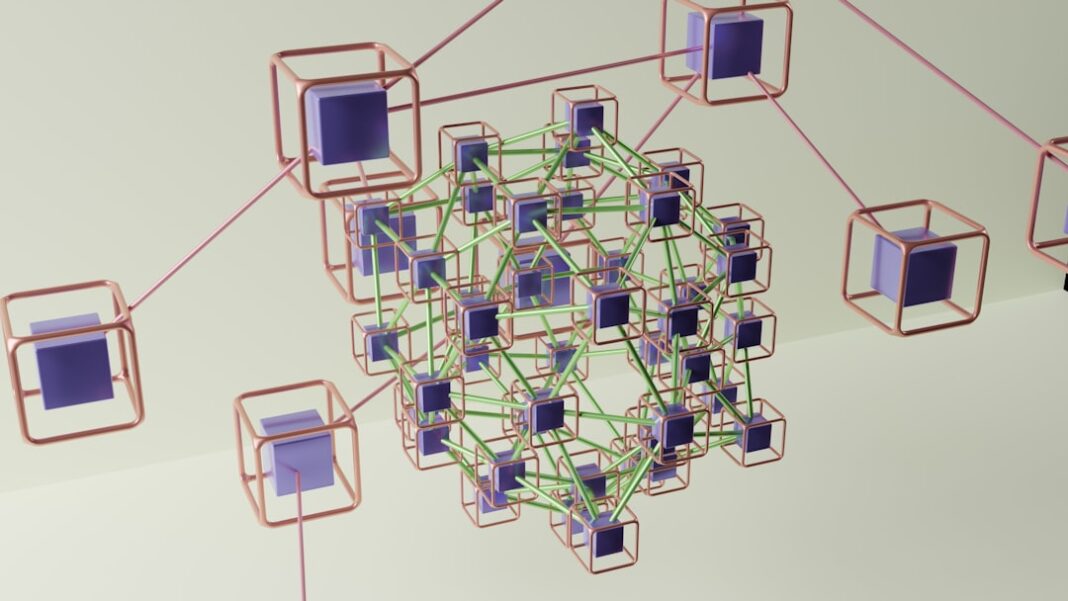The Ethereum network is advancing toward its highly anticipated Fusaka upgrade, scheduled for December 3, with the protocol now entering its concluding testnet phase. This critical development milestone introduces a cap on individual transactions, a strategic enhancement designed to optimize block efficiency across the network. By implementing this limitation, Ethereum aims to mitigate denial-of-service (DoS) vulnerabilities while simultaneously establishing foundational architecture for future scalability improvements. The transaction cap represents a pivotal technical adjustment that will facilitate the network’s evolution toward parallel execution capabilities, a feature expected to be fully realized in subsequent upgrades including the planned Glamsterdam implementation. Network validators and node operators are currently conducting comprehensive testing across multiple environments to ensure seamless integration of these protocol modifications. The Ethereum development community has emphasized that these enhancements maintain full backward compatibility while progressively addressing longstanding network constraints. This systematic approach to protocol evolution demonstrates Ethereum’s continued commitment to scalable, secure decentralized infrastructure as it prepares for another significant network upgrade.


